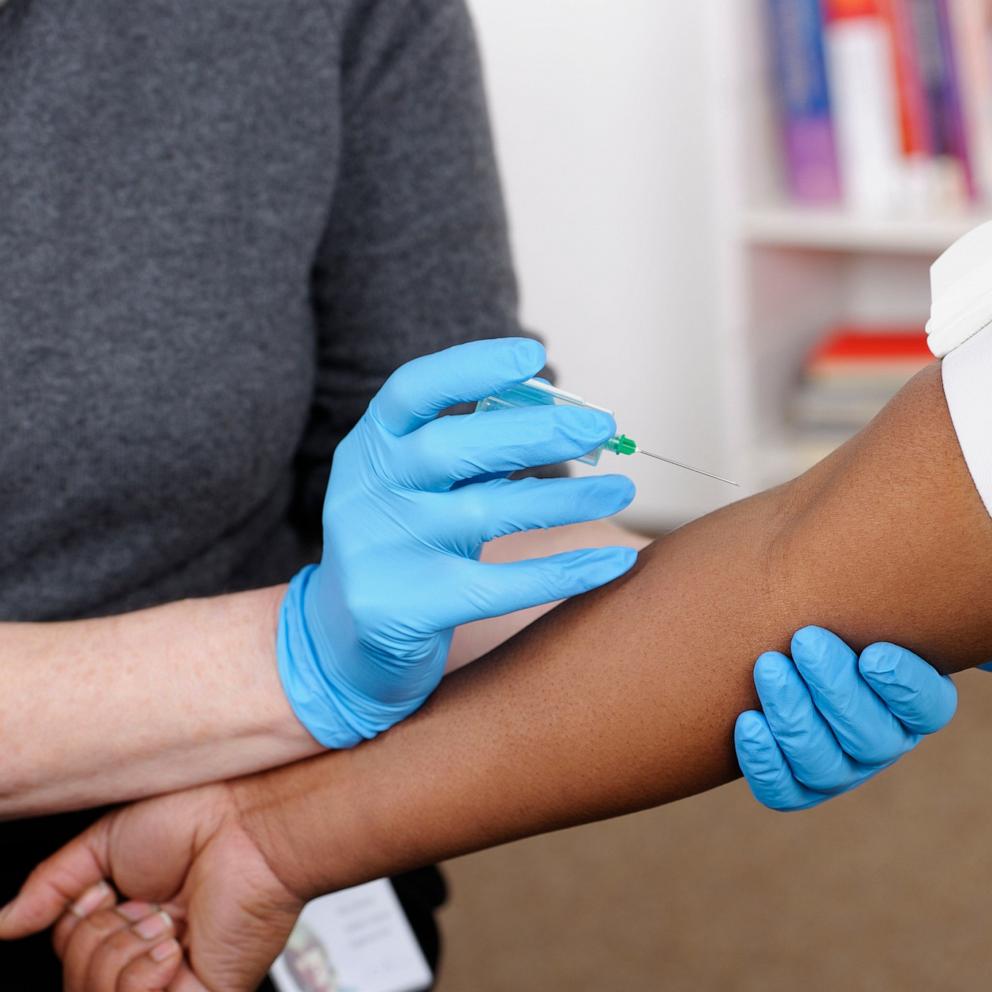Suicides rose in 2021 after 2 years of declines, CDC report finds
The number of suicides increased in 2021 to the highest levels seen in four years, according to new federal data.
The report, published by the Centers for Disease Control and Prevention Thursday, looked at how many people died by suicide between 2018 and 2021 as well as breaking down the chart by race and ethnicity.
Results showed that 48,183 Americans died by suicide in 2021 with a rate of 14.1 suicides per 100,000 people.
These are the highest numbers recorded since 2018 when 48,344 Americans died by suicide with a rate of 14.2 per 100,000, and comes after two consecutive years of decreases in 2019 and 2020.
When researchers looked at 2021 suicide rates by race/ethnicity, they found American Indians/Alaska Natives had the highest rate at 28.1 per 100,000. In addition, this group had the highest percent change from 2018, with the rate increasing 26% from 22.3 per 100,000.

Rates also increased among Black Americans at 19.2% from 2018 to 2021 and among Hispanic Americans at 6.8% over the same four-year period.
White Americans were the only group to see a decrease in suicides rates between 2018 and 2021 at 3.9%.
The report also found that suicide rates significantly increased among Black Americans between ages 10 and 24 over the four-year period from 8.2 per 100,000 to 11.2 per 100,000 -- a 36.6% increase.
Rates also increased for people between ages 25 and 44 for American Indian/Alaskan Native, Black, Hispanic and multiracial populations.
Meanwhile decreases were reported for those between ages 45 and 64 overall as well as for Asian Americans, Hispanic Americans and white Americans in this age range.
No significant increases or decreases were seen for Americans aged 65 and older.
"These analyses demonstrate disparities in suicide rates among populations based on race and ethnicity and age group in the context of overall suicide rates nearly returning to their 2018 peak after [two] years of declines," the team wrote.
"Suicide is a complex problem related to multiple risk factors such as relationship, job or school, and financial problems, as well as mental illness, substance use, social isolation, historical trauma, barriers to health care, and easy access to lethal means of suicide among persons at risk," they continued.
The authors added that suicide rates might initially decrease during a disaster -- in this case, the COVID-19 pandemic -- only to rise as people begin experiencing the long-term aftereffects.
The report did not investigate why the number of suicides rose, but research has suggested that the COVID-19 pandemic had a negative impact on mental health.
According to the KFF, four in 10 adults in the U.S. reported having symptoms of an anxiety or depressive disorder during the pandemic, an increase from one in 10 adults who reported the same thing from January 2019 to June 2019.
The impact on young adults was particularly severe. According to a 2021 study from Boston College, rates of depression and anxiety rose 61% and 65%, respectively, among those aged 18 to 29 during the first year of the pandemic. Both disorders increase suicide risk.

What's more, despite the need for help regarding mental, behavioral or emotional disorders, there was a lack of services due to the lockdowns and business closures, as well as staffing shortages, according to the American Hospital Association.
Researchers are also studying if there is a link between people with long COVID and higher rates of depression and suicidal thoughts.
"As the nation continues to respond to the short- and long-term impacts of the COVID-19 pandemic, remaining vigilant in prevention efforts is critical, especially among disproportionately affected populations where longer-term impacts might compound preexisting inequities in suicide risk," the authors wrote.
If you are struggling with thoughts of suicide or worried about a friend or loved one, call the National Suicide Prevention Lifeline at 1-800-273-8255 [TALK] for free, confidential emotional support 24 hours a day, seven days a week.




